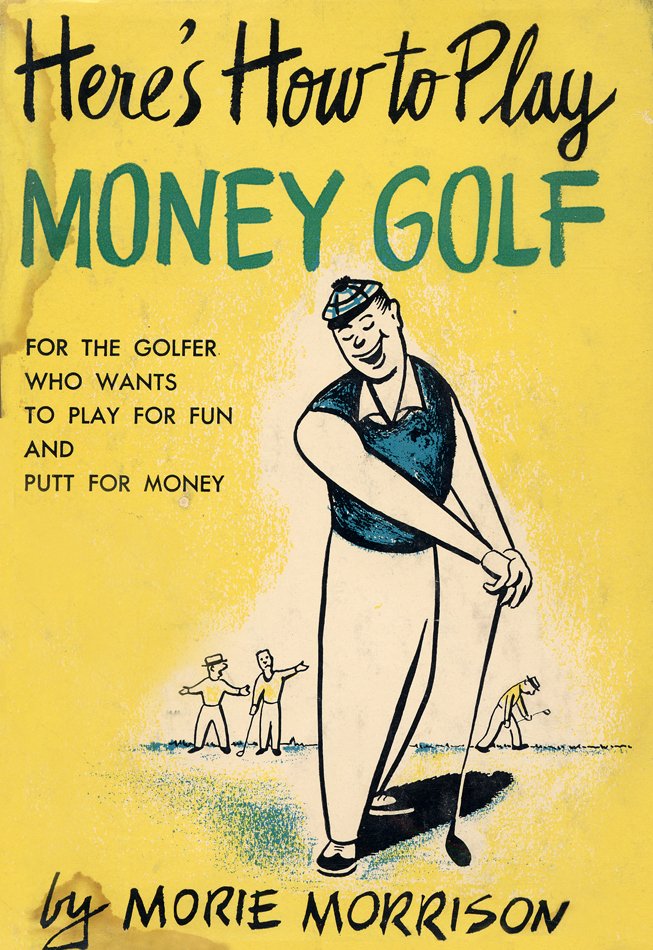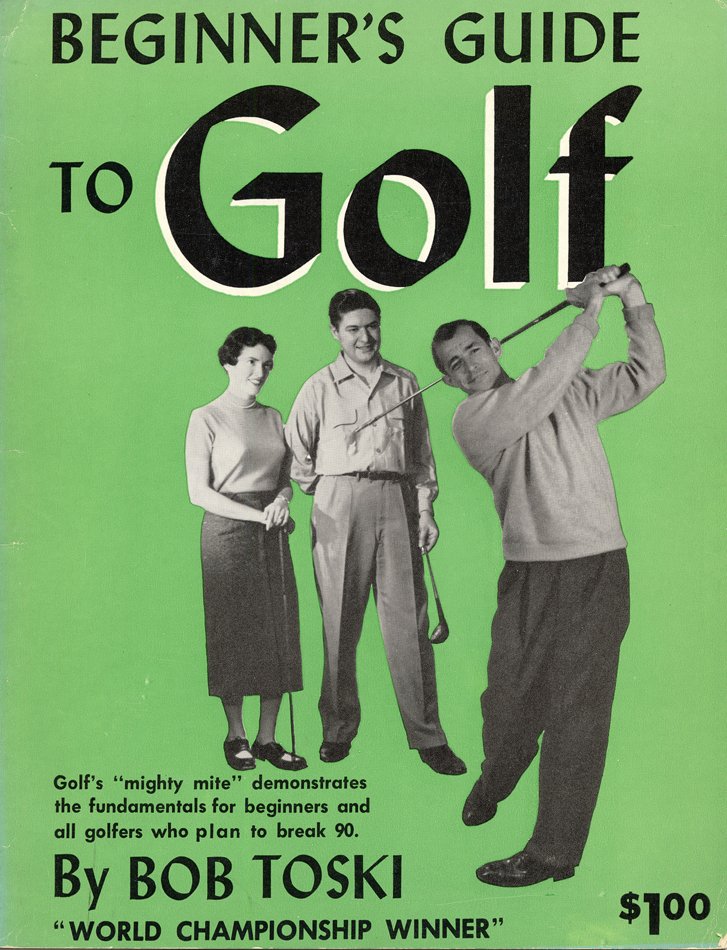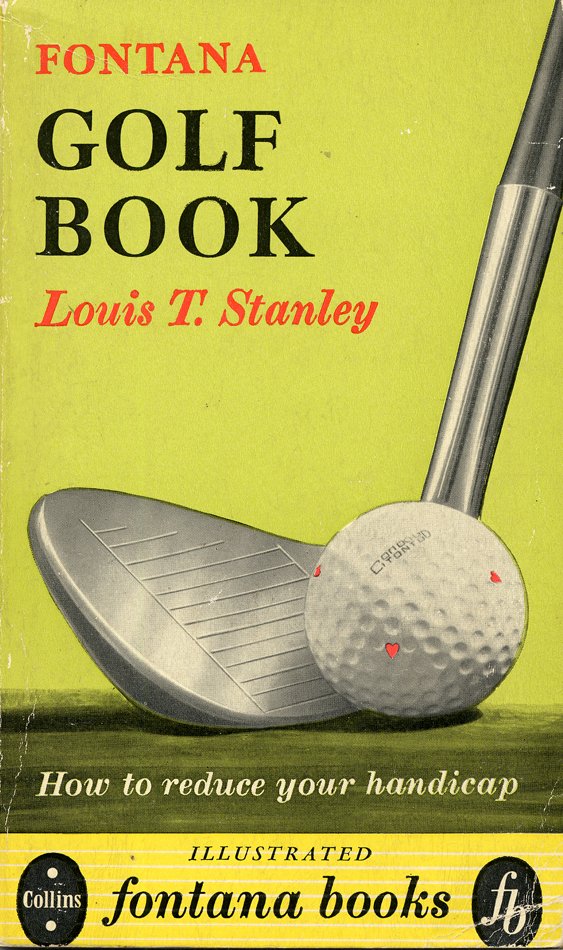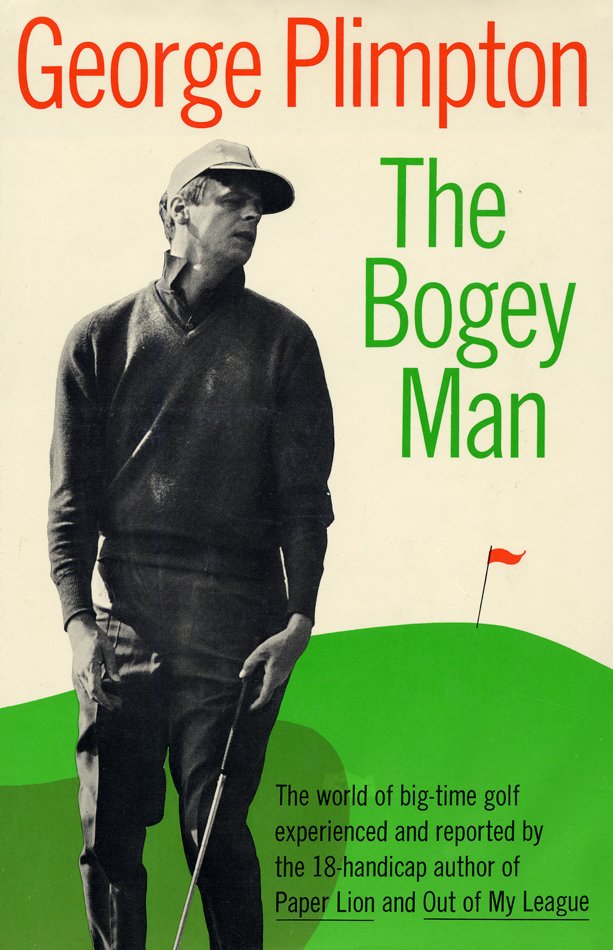THE DUFFER'S GAME
Golf is a deceptively simple game, easy to play indifferently and very difficult to play consistently and well. Duffers, hackers, and amateurs of all varieties have struggled with the game's challenges for as long as golf has been played; and their frustrations and setbacks furnish the substance of a genre of golf books directed to the problems of the less expert player.
As more players with differing levels of skill entered the sport in the nineteenth century, golf rulemakers responded with a system of handicapping that compensated less able players with a given number of strokes and made it possible for them to compete with more accomplished players on an even plane. Grantland Rice and Clare Briggs offered The Duffer's Handbook of Golf (1926) and Morrie Morrison counseled the occasional golfer on "How to Play Your Best."
Throughout the twentieth century, duffers have drawn inspiration from celebrities on the fairways who played golf no worse and sometimes no better than the average hacker. Athletes like Ty Cobb and Babe Ruth took up the sport and swung as vigorously at the tiny white golfball as they ever had at a fastball down the middle. Hollywood luminaries and public figures from Charlie Chaplin and Douglas Fairbanks to John D. Rockefeller and Rube Goldberg were frequently pictured on the course, club in hand. Equally important, American presidents made recurring appearances on the greens, beginning in the days of William Howard Taft and Woodrow Wilson and continuing to the more recent duffer's dedication and mixed golf records of Dwight D. Eisenhower, Gerald Ford, and Bill Clinton. The trials of the celebrity whose game is cruelly exposed in public were perhaps never better expressed than in George Plimpton's The Bogey Man (1968).
Ordinary players retreating from another maddening day on the course could thus take comfort, not only from the reverses suffered by the rich and famous, but also from the published literature urging average golfers to greater effort the next time out. Tom Scott and Geoffrey Cousins promoted Golf for the Not So Young (1960), Louis T. Stanley offered "Tips for the Outsize Golfer," and Bob Toski, posing what has been the motto for all earnest duffers, exhorted his readers in the Beginner's Guide to Golf (1955) to "Practice, Practice, Practice."





